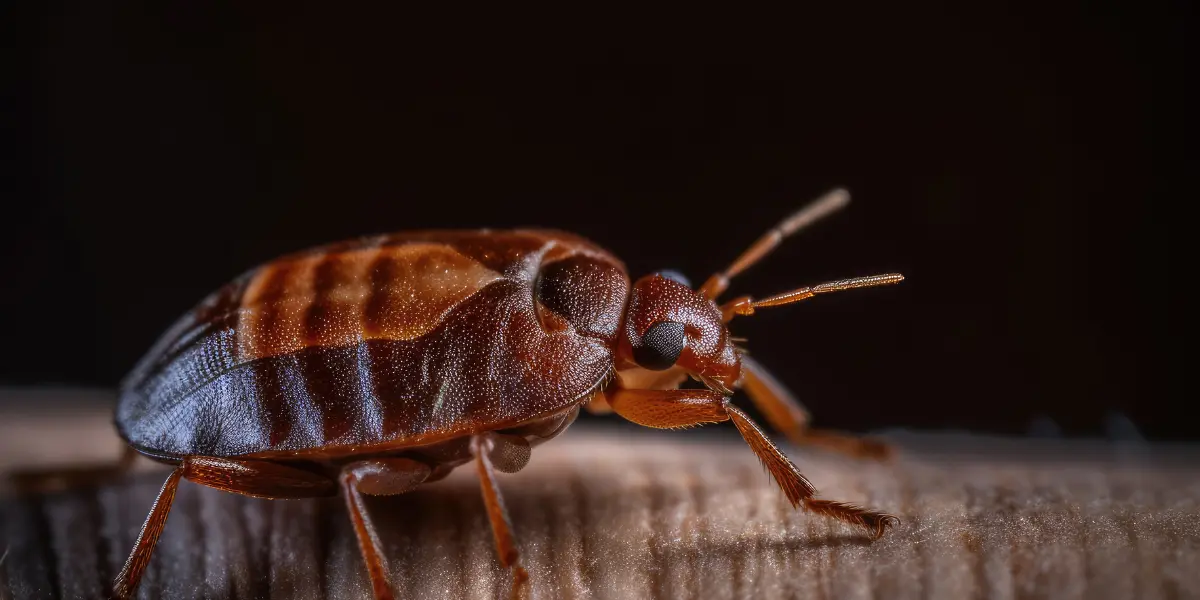Fall can often represent comfortable evenings and an increased amount of time to spend indoors, but this also means that pests have an excellent environment to breed. The most problematic ones are bed bugs. That is why one should think about bed bug prevention in fall. With a few smart habits and seasonal awareness, you can reduce the risk of an infestation.
Why Bed Bugs Become a Problem in Fall
With the drop in temperature, people travel less and spend more time at home. This change makes bed bugs have increased opportunities to exert their silent movement in homes. They are drawn to the warmth of the body, bedding, and even clothing that have been put away over the season. Their ability to nest in tiny holes and go undetected until a massive infestation has occurred makes them extremely difficult to detect.
How Bed Bugs Enter Homes in Autumn
Bed bugs do not just magically appear. They are carried around in luggage, clothing, used furniture, or bags of visiting travelers. Fall activities such as weekend getaways, weddings, or even moving seasonal furniture have the potential to increase the likelihood of bringing them indoors. Being aware of these pathways is useful to prevent entry points before they take root.
Practical Steps for Bed Bug Prevention in Fall
The good news is that prevention is mostly about consistency. Regular cleaning, inspections, and smart travel habits reduce risks significantly.
Wash Bedding Weekly
Washing sheets, pillowcases, and duvet covers once a week in hot water followed by a dryer cycle is one of the simplest and most effective defenses. High heat kills bed bugs at every stage.
Check Luggage and Travel Bags
If you travel this fall, inspect your suitcases before bringing them inside. Wipe them down, or place them in a hot dryer if the material allows. Store luggage on hard floors instead of carpets to spot any hitchhikers more easily.
Inspect Used Furniture Before Bringing It In
Fall is a popular time for redecorating. If you pick up second-hand furniture, inspect seams, folds, and corners carefully. Leave items in a garage or on a hard surface before moving them into bedrooms or living areas.
Use Mattress and Box Spring Encasements
Encasements create a barrier between you and any hidden pests. They also make it easier to spot early signs like tiny dark stains or shed skins.
Keep Clutter Under Control
Bed bugs thrive in cluttered spaces because they have more hiding spots. Fall cleaning is a great opportunity to reduce piles of clothes, boxes, or stored fabrics.
Where Bed Bugs Hide in Fall
They tend to reside in the seams of mattresses, box springs, and upholstered furniture as well as behind headboards. They do not have to be confined to bedrooms. Bed bugs can be found behind the wallpaper, in the electric sockets, or behind the folds of the couches. These are areas that are not obvious to look through, and going through these areas during seasonal cleaning will increase the likelihood of you catching them early.
Staying Ahead of Bed Bugs This Season
Rituals such as hot laundering, periodic vacuuming, sealing of clothes, and careful inspections contribute to forming solid preparation. These habits do not need excessive chemicals and complex procedures. Rather, they use minor but frequent interventions that break the habits of the bed bugs before they can breed.
FAQs About Bed Bug Prevention in Fall
1. Do bed bugs become more active in fall compared to summer?
Bed bugs don’t hibernate, but fall often increases encounters because people spend more time indoors and travel for family gatherings or holidays. The change in human routines makes it easier for them to spread.
2. Can bed bugs survive in cold weather if I leave items outside?
Leaving furniture, clothing, or luggage outdoors in cold air rarely works. Bed bugs can survive near-freezing temperatures for days or even weeks. Heat treatments, such as hot laundering or using a dryer, are far more reliable.
3. What are the early signs of a bed bug issue I should watch for in fall?
Look for small reddish stains on sheets, tiny black droppings, clusters of itchy bites in a line or zigzag pattern, and shed skins near beds or couches. Spotting these signs early makes prevention much easier.
4. When should I call a professional for help instead of handling it myself?
If you notice repeated bites, visible live bugs, or staining that continues even after you follow prevention steps, it’s time to contact a bed bug expert in Delta. DIY methods work for prevention and small problems, but infestations usually require expert treatment.
Final Thoughts
Fall should be a time for comfort, not dealing with bites and restless nights. By focusing on bed bug prevention in fall through simple habits like cleaning, inspecting, and protecting bedding, you can enjoy the season without worry. Staying one step ahead now means fewer chances of fighting a larger problem later.






